According to the most recent STR statistics, a surprising turn of events led hotel occupancy in the U.S to achieve a four-week high since October 2019.
Weekly demand increased 1.2 million rooms to 24.3 million, which was the largest weekly gain of the past nine-week, pushing occupancy to 63.0% and Revenue per available room (RevPAR) to US$131.04. Average Daily Rate (ADR) was the highest for any month since February 2020 by US$82.50, in addition to increased occupancy and RevPAR levels.
While year-over-year percentage changes indicate considerable gains when compared to a pandemic affected time in 2020, The country’s performance level remains below the comparative of June 2019 with occupancy (-11.6%), ADR (-2.6%), and RevPAR (-13.9%).
STR has created a Market Recovery Monitor to gauge performance against the 2019 benchmark on a weekly basis in order to track recovery. The percentage of hotels at the top end of the occupancy scale, like other demand and occupancy measures, reached four-week highs. Upscale and Upper Upscale hotels saw the most demand rise in the Top 25 hotels, accounting for approximately 60% of the weekly growth.
Looking at the performance by Top 25 hotels clustered on various criteria, New Orleans has the highest 2021 compared to 2019 increases in both occupancies (+7.3% to 72.6%) and revenue (+18.2% to US$114.37). While Miami reported increased ADR levels over 2019 (+22.5% to US$166.04).
Markets with the lowest occupancy for the month included San Francisco/ San Mateo (-65.5% to US$91.23) and Washington D.C (-53.1% to US$69.87), Oahu Island experienced the steepest decline in occupancy comparative to 2019(-43.9% to 49.6%).




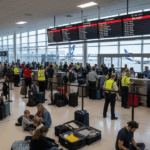
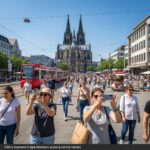
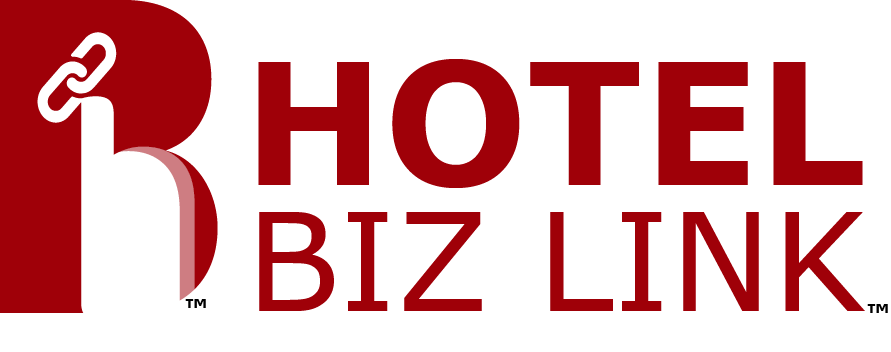

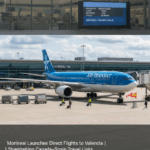
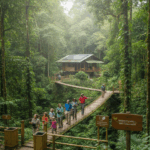
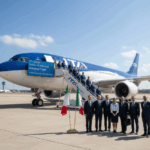
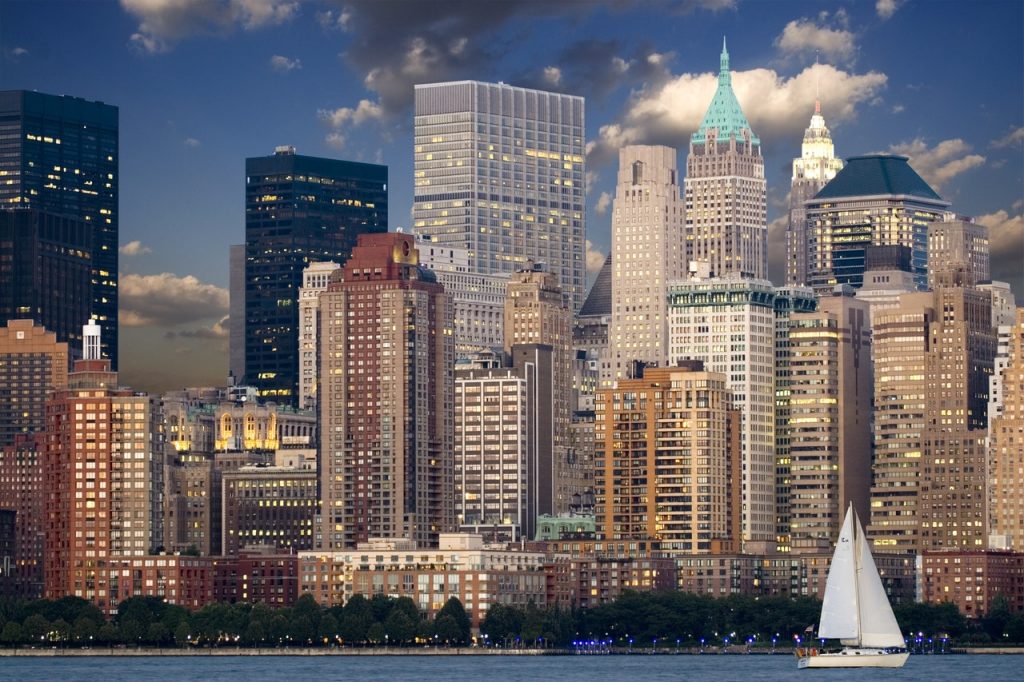

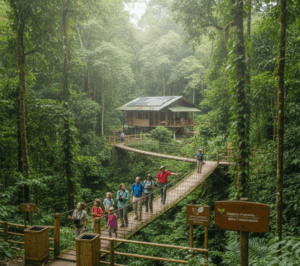


More Stories
Etraveli Group and Frontier Airlines Launch NDC Partnership to Redefine Digital Travel Experiences
Thailand and Wego Partner to Elevate Tourism for MENA Travelers
Duetto’s Strategic Acquisition of HotStats